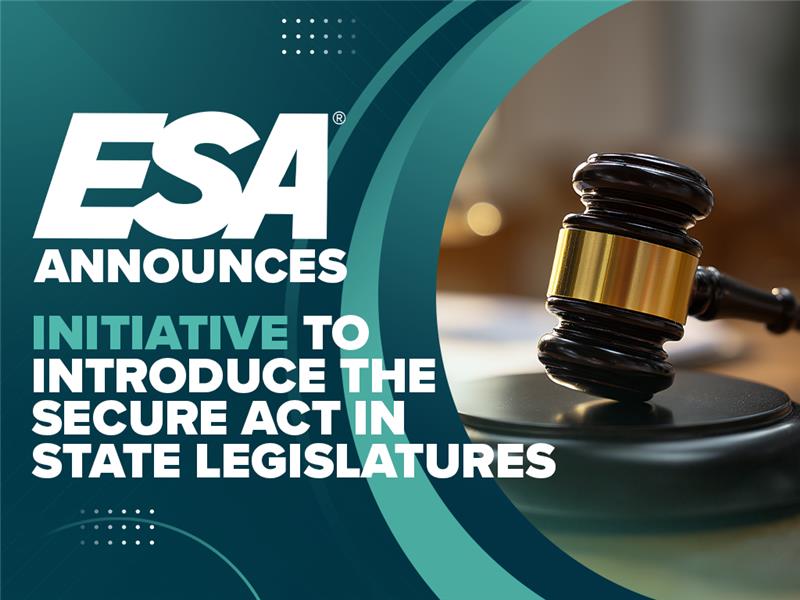Paying More to Get Less – How Government-Mandated Project Labor Agreements Will Slow Economic Recovery

If you watch or listen to the news on occasion, you already know some of the highlights – job openings are at an all-time high (10.9 million in December 20211). At the same time, there are over 2.8 million fewer people working today than in February 2020, just before governments shutdown most commerce with the COVID pandemic.
The economy is trying, like the little engine that could, to get over the hill and start moving forward. One of the indispensable roles for government at this stage is to either facilitate that recovery or get out of the way. But President Biden recently signed an executive order (EO) that reinforces the government-mandated project labor agreements (PLA) for certain federal construction projects that was ordered by President Obama in 2009, and this EO may serve to slow the “little engine”.
So, what is a PLA? As defined in his executive order a project labor agreement is “a pre-hire collective bargaining agreement with one or more labor organizations that establishes the terms and conditions of employment for a specific construction project and is an agreement described in 29 U.S.C. 158(f).” In other words, a PLA is union control of labor for all federal construction projects that are subject to the EO.
On the heels of the recently passed Infrastructure Investment and Jobs Act, one would assume that free and fair competition for federal construction contracts would help speed recovery, increase labor participation, and revitalize our infrastructure. This would be a good assumption, but President Biden’s EO will potentially stifle these goals because many federal contracts will be subject to the PLAs that slowed past government construction and increased costs due to labor union and collective bargaining rules that inherently come with these projects.4 In addition, Biden’s EO will go beyond the Obama order in some significant ways including:
- It will require federal agencies to require PLAs on new contracts for federal construction projects of $35 million or more and these rules would apply to subcontractors.
- It will bind all contractors and subcontractors on the construction project through the inclusion of appropriate specifications in all relevant solicitation provisions and contract documents.
- It provides few and narrow exemptions from the requirements by federal agencies.
- It allows federal agencies to go beyond the requirements and implement PLAs for federal construction contracts that are not otherwise subject to the EO.
Many of you may think these large federal projects do not apply to your business model and if you are in strictly residential and small business projects, you would be correct. But, if your business does include government public works projects that could be tied to larger construction projects or you work as a subcontractor for a contractor who does engage in federal construction projects, these PLAs would impact your business model and may eliminate your business from consideration on future projects. Unless your company meets all the criteria that will be established through this EO.
The potential impact this EO will have on the economy will be felt beyond its direct impact on member businesses. It will increase the cost of federal construction from 12% to 20%5 and will eliminate over 87% of the construction industry workforce that does not belong to a union6. Beyond the direct business impact, PLAs will impact all taxpayers who must fund active federal government involvement in market inequities. These market inequities will necessarily be created by closing competition to merit-based contractors, increased labor costs that often serve the interests of the unions rather than union workers, and reduced productivity that results from union rules and high operational costs.




